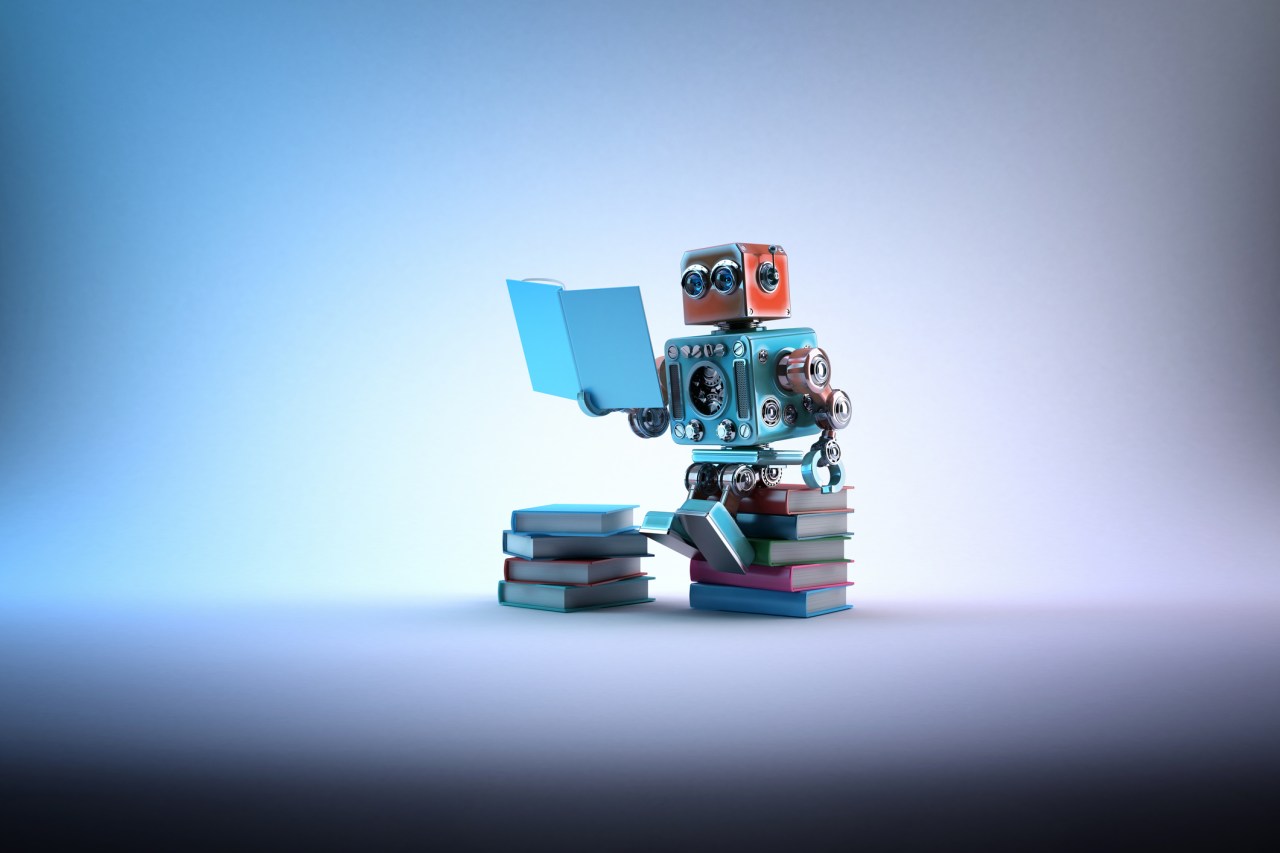In the fast-paced world of startups, a well-crafted pitch deck is essential for attracting investor interest. However, with the rise of artificial intelligence (AI) tools, there’s an emerging need for pitch decks to be not only visually appealing but also machine-readable. As I discovered through my own experiences with an AI feedback tool, ensuring your pitch deck communicates effectively to both humans and AI can significantly enhance your chances of securing that all-important funding.
The Rise of AI in Pitch Deck Evaluation
As venture capitalists (VCs) are inundated with countless pitch decks daily, many are turning to AI technologies for assistance in selection processes. Platforms like Deckmatch are specifically designed to streamline the evaluation of pitch decks using AI-driven analyses, while Headline uses AI to assess financial viability and product-market fit. This shift indicates a crucial transformation in how VCs interact with the pitch materials submitted by entrepreneurs.
Lessons from My AI Feedback Tool
One of the most eye-opening experiences I had with my AI tool was when it offered dramatically contradictory feedback on a pitch deck. The bot lavished praise on certain aspects while completely disregarding others. Upon investigation, I discovered that the presentation relied heavily on images instead of text, leading to a misinterpretation of vital information. The AI was unable to detect essential keywords and made erroneous associations between slides due to the design choices made by the founders.
The Importance of Accessibility: Making Your Deck Machine-Readable
To avoid such pitfalls, founders need to prioritize making their pitch decks accessible to AI while maintaining creative integrity. Here are some actionable strategies to ensure your presentations resonate well with both investors and algorithms:
- Utilize Text Over Images: Where possible, use text boxes instead of embedding critical information in images. This ensures that AI can accurately read and interpret the content.
- Optimize Slide Content: Keep your slides straightforward with clear headings, bullet points, and keywords that the AI can easily recognize.
- Incorporate Alt Text for Images: For any images used, including descriptive alt text will help AI tools understand the context and significance of visual content.
- Balance Design and Content: While aesthetics matter, prioritize clarity and coherence to cater to both machine and human evaluators.
The Future of Pitch Decks in an AI-Driven World
The future of pitching to VCs will undoubtedly change as AI technologies continue to evolve. While my initial AI tool struggled with visual data recognition, advancements have introduced Optical Character Recognition (OCR) capabilities, enabling improved interaction with graphical elements. However, this technology will continue to develop, and for founders, this means constantly adapting to remain competitive.
By making pitch decks machine-readable, startups can broaden their reach among VCs and increase their chances of getting noticed. AI not only expedites the review process but also enhances accuracy in assessing potential investments. Startups that embrace this dual focus on both design and readability are more likely to succeed in the evolving landscape of venture funding.
Conclusion
Ultimately, creating a pitch deck that appeals to both humans and AI is no longer a luxury; it is a necessity. By integrating simple changes to make your presentations machine-readable while maintaining a creative flair, you substantially improve your startup’s potential to attract attention from investors. For more insights, updates, or to collaborate on AI development projects, stay connected with fxis.ai.
At fxis.ai, we believe that such advancements are crucial for the future of AI, as they enable more comprehensive and effective solutions. Our team is continually exploring new methodologies to push the envelope in artificial intelligence, ensuring that our clients benefit from the latest technological innovations.

